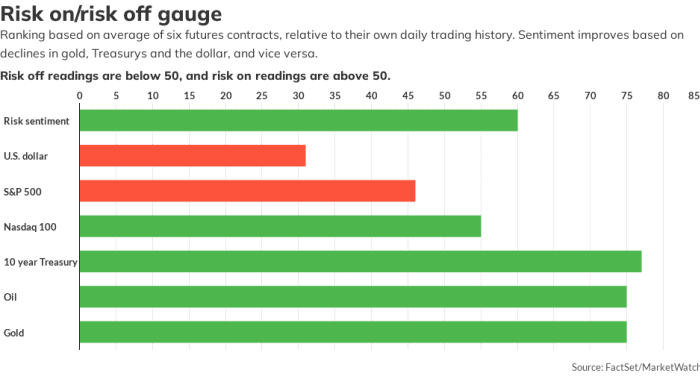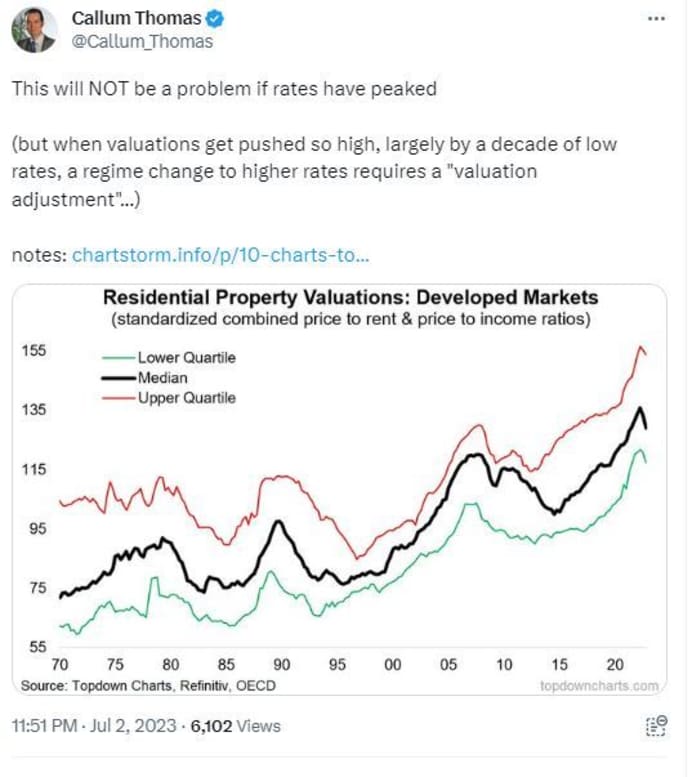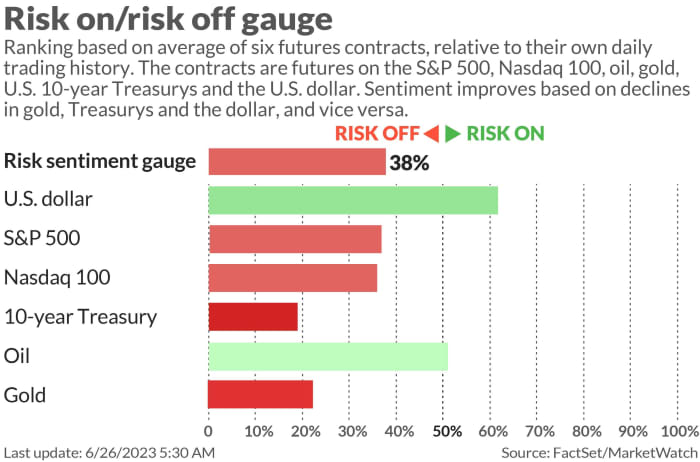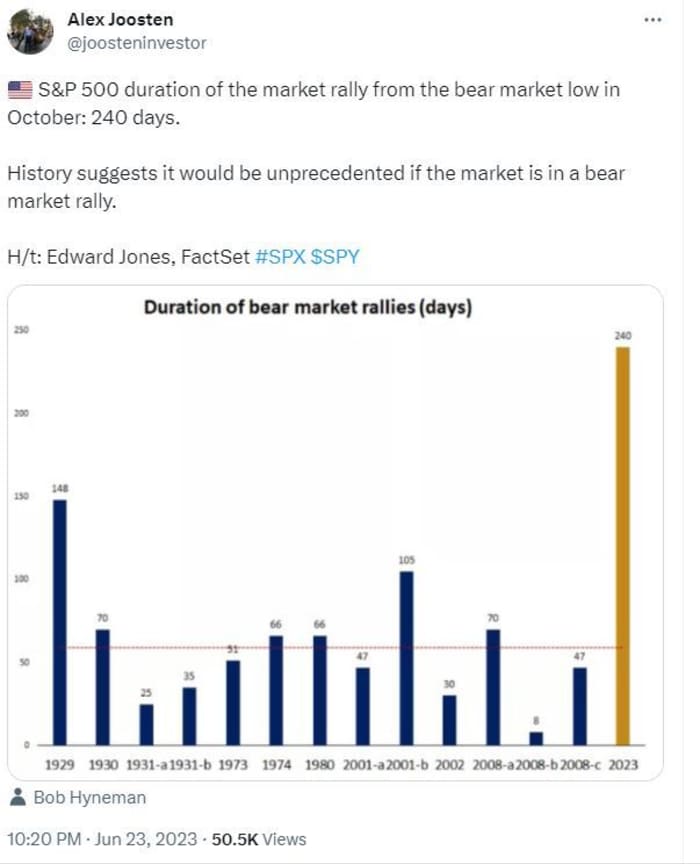The Armenian separatist forces in Nagorno-Karabakh on Wednesday agreed to lay down their weapons following Azerbaijan’s lightning offensive in the Armenian-majority enclave. Between Moscow’s weakening position in the Caucasus and the West’s dependence on hydrocarbons, Azerbaijan has taken advantage of a favourable international context to complete a decades-long mission to control the disputed region.
After more than 30 years of conflict, the battle between Armenia and Azerbaijan over Nagorno-Karabakh may soon conclude. Under the guise of an “anti-terrorist operation” following the death of four soldiers and two civilians, Baku continued its efforts to reassert control over Nagorno-Karabakh on Tuesday.
Armenian separatists – who have mostly governed the disputed territory since 1994 – promptly agreed on Wednesday to surrender their weapons following Baku’s lightning offensive, indicating they are open to talks on reintegrating the secessionist territory into Azerbaijan.
“An agreement has been reached on the withdrawal of the remaining units and servicemen of the Armenian armed forces … and on the dissolution and complete disarmament of the armed formations of the Nagorno-Karabakh Defence Army,” the Armenian separatist authorities in Nagorno-Karabakh said in a statement.
This announcement is a decisive victory for Azerbaijan’s President Ilham Aliev who has made the reunification of his country a priority.
Separated from Armenia and attached to Azerbaijan in 1921 by Stalin, the predominantly Armenian mountainous enclave of Nagorno-Karabakh has been a point of permanent tension between the two former Soviet republics since the collapse of the USSR.
In 1991, the territory declared itself the independent Republic of Artsakh but was never recognised by the international community. Then, in 1994, Armenia won the First Nagorno-Karabakh War, resulting in the de facto independence of the Republic of Artsakh which Azerbaijan refused to accept.
In the intervening years, the tables have turned, says Jean Radvanyi, geographer and professor emeritus at the Institut national des langues et civilisations orientales (INALCO). Thanks to significant revenues from oil and natural gas, “Baku has taken advantage of the situation to rearm, with the support of allies such as Turkey, and the balance of power has continued to evolve”, says Radvanyi.
This role reversal gave Azerbaijan the confidence to launch the Second Nagorno-Karabakh War in 2020, which saw Baku’s forces overpower the Armenian military.
In the wake of this defeat, Armenia was forced to cede territory in and around Nagorno-Karabakh to Azerbaijan. The ceasefire stipulated the presence of 2,000 Russian peacekeepers tasked with guaranteeing the safety of the Armenians but this measure failed to stop regular armed skirmishes on the border.
Taking advantage of a divided Armenia, Azerbaijan then launched the second phase of its plan: a war of attrition designed to cut off the enclave’s 120,000 or so Armenians. Despite the presence of the Russian peacekeepers, beginning in December 2022, Azerbaijan blockaded the Lachin corridor, a narrow mountain road that links Armenia with Nagorno-Karabakh.
It wasn’t until September 18 – just one day before the offensive – that Red Cross trucks carrying food and medicine gained access to Nagorno-Karabakh.
Turkish support and Moscow’s declining influence in the Caucasus
In both the first and second Nagorno-Karabakh wars, Azerbaijan received support from Turkey.
On Tuesday, a Turkish defence ministry official said the country is using “all means”, including military training and modernisation, to support its close ally Azerbaijan but it did not play a direct role in Baku’s military operation in Nagorno-Karabakh.
Baku’s success also appears to be the result of Moscow’s weakening regional position. Russia has struggled to maintain its traditional role as policeman of the Caucasus since it launched its offensive in Ukraine in February 2022.
“Since the fall of the USSR, Russia has been the guardian of the region, maintaining a kind of status quo, but Moscow is focused on the conflict in Ukraine, which seems far from over,” says Lukas Aubin, associate researcher at the French Institute for International and Strategic Affairs (IRIS).
What’s more, Russia has become much more dependent on Azerbaijan. The country serves as a corridor between Iran and Russia, allowing for the transfer of military supplies for the war in Ukraine and is one of the countries that enables Russia to circumvent Western sanctions
Finally, Moscow’s support for Armenia has been steadily waning in recent years. Elected in 2018, Prime Minister Nikol Pashinyan has edged away from Russia and turned to the West for security guarantees.
Read more‘We never deliberately attacked civilians’: Azerbaijani President Ilham Aliyev interview
For instance, in November 2022, Pashinyan refused to sign the final declaration of the summit of the Russian-led Collective Security Treaty Organization (CSTO), of which Azerbaijan is also a member. This signalled Armenia’s growing resentment at Moscow’s lack of support for the country.
“Pashinyan is pursuing a pro-Western policy, which was not necessarily the case at the outset, and which irritates Moscow,” says Laurent Leylekian, a South Caucasus specialist and political analyst. “Armenia ratified the founding treaty of the International Criminal Court to protect the Armenian minority in Nagorno-Karabakh.”
This process began at the end of 2022, but ended, coincidentally, a few days after the announcement of the ICC’s arrest warrant for Vladimir Putin – at a time when Putin wanted to sully the ICC’s credibility, Armenia was legitimising it.
Since then, Pashinyan has multiplied acts of defiance towards the Russian president. In early September, Armenia announced humanitarian aid to Ukraine and undertook a joint military exercise with the United States, which began on September 11. In response, Moscow responded by summoning the Armenian ambassador and denouncing the measures as “unfriendly”.
‘It’s death or exile that awaits the Armenians’
A Western response is yet to materialise. But here again, the international context is working in Azerbaijan’s favour.
In January, the European Union signed a far-reaching natural gas import agreement with Baku, to reduce dependence on Russian supplies. A few months later, Ursula von der Leyen, President of the European Commission, travelled to Baku to announce a new agreement to double gas imports from Azerbaijan.
In an article published in Le Monde, some fifty French lawmakers criticised a project that would once again place Europeans “in a situation of new dependence on a state with bellicose aspirations”.
“The West has always been rather hypocritical in this matter, preferring to negotiate gas and oil with Baku rather than genuinely support the Armenians”, says Radvanyi.
As Azerbaijan now enters negotiations with Armenian separatists from a position of considerable strength, the power asymmetry could spell danger for both the Armenians of Nagorno-Karabakh and Armenia itself.
“The (ethnic) Armenian leaders of secessionist Karabakh have long refused to acknowledge that this territory belongs to Azerbaijan,” says Radvanyi, for whom the power shift on the ground could lead to a “solution” to the long-lasting standoff over Nagorno-Karabakh.
“I hope this solution will ensure the status of the Karabakh Armenians,” he adds.
But other experts envisage much gloomier scenarios. “It’s death or exile that awaits the Armenians of Nagorno-Karabakh because it’s impossible for an Armenian to live in a country where racist anti-Armenian hatred is the raison d’être,” says Leylekian.
Speaking before the UN Human Rights Council in Geneva on Wednesday, an Armenian ambassador warned of “looming ethnic cleansing” in Nagorno-Karabakh.
“Civilians in Nagorno-Karabakh are trapped and they do not have a way to evacuate since Azerbaijan continues to block the only lifeline connecting with Armenia,” he said.
Another concern relates to the integrity of Armenian territory, as Nagorno-Karabakh could lose its role as a buffer zone between the two enemies of the Caucasus.
“There’s every reason to be worried. If this buffer zone were to disappear, Azerbaijan’s ambitions could be even more pronounced,” says Aubin. “Without Russian support and frank and massive support from the West, it’s hard to see the Armenian army being in a position to resist.”
In contrast with this, Azerbaijan’s presidential foreign policy advisor Hikmet Hajiyev said Wednesday that the country aimed to “peacefully reintegrate” Armenians living in the separatist region of Nagorno-Karabakh and that it supports a “normalisation process between Armenia and Azerbaijan”.
This article has been translated from the original in French.
Source link
#Checkmate #NagornoKarabakh #Azerbaijan #Armenia


















